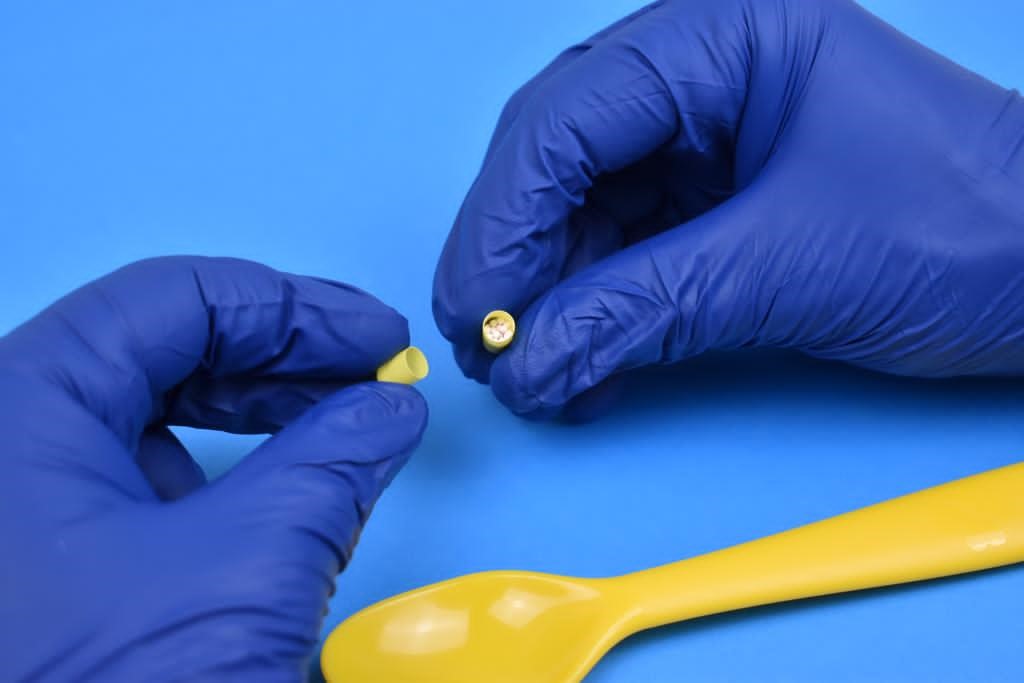
|
This advice is intended for parents/carers taking their child home after consulting a doctor. Your doctor may recommend different treatments depending on your child's condition. |
exp date isn't null, but text field is

|
This advice is intended for parents/carers taking their child home after consulting a doctor. Your doctor may recommend different treatments depending on your child's condition. |
Omeprazole is a type of medication called a Proton Pump Inhibitor (PPI). PPIs are used to treat gastro-oesphageal reflux disease, commonly known as “Reflux”.
Omeprazole is the preferred PPI for use in children in Glasgow.
There are many different formulations of Omeprazole in use.
We recommend 2 different types of Omeprazole depending on the age of your child:

|
1. Use a 5 ml syringe |
2. Remove plunger |
|---|
|
3. Place MUPS tablet in body of syringe |
4. Replace Plunger |
|---|
|
5. Push the plunger down to the MUPS |
6. Pull up 5ml of cooled boiled water |
|---|
|
7. Initial appearance of MUPS in water |
8. Allow to disperse over 10 minutes |
|---|
|
9. The fluid will have small balls in the liquid. |
10. Each drop can vary in consistency. |
|---|
 |
|
|---|
 |
|
|---|
 |
|
|---|
 |
|
|---|
Last reviewed: 01 December 2021
Next review: 31 December 2025
Version: 1
Document Id: 334862